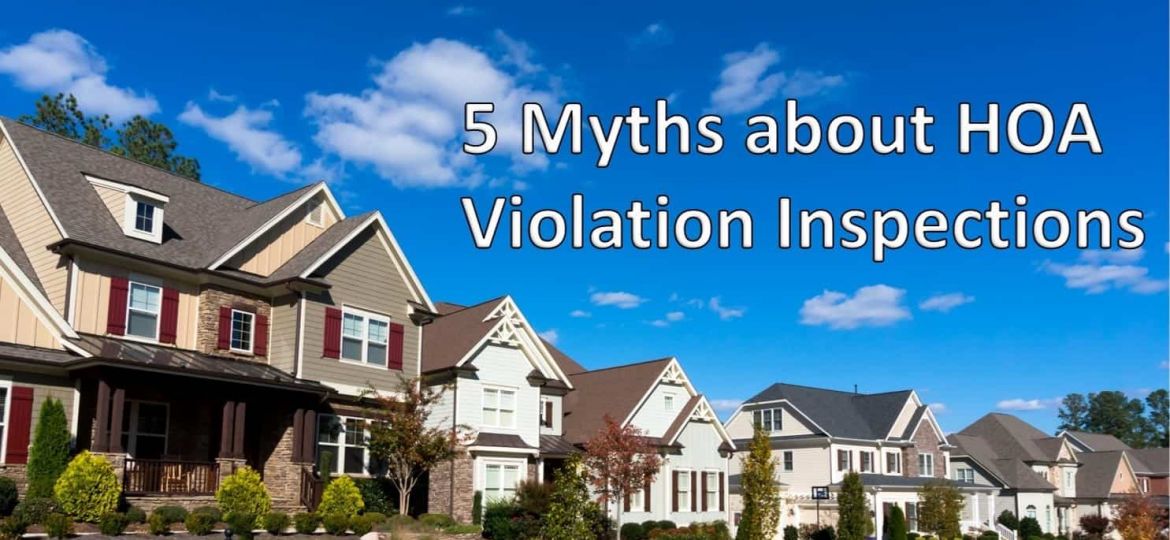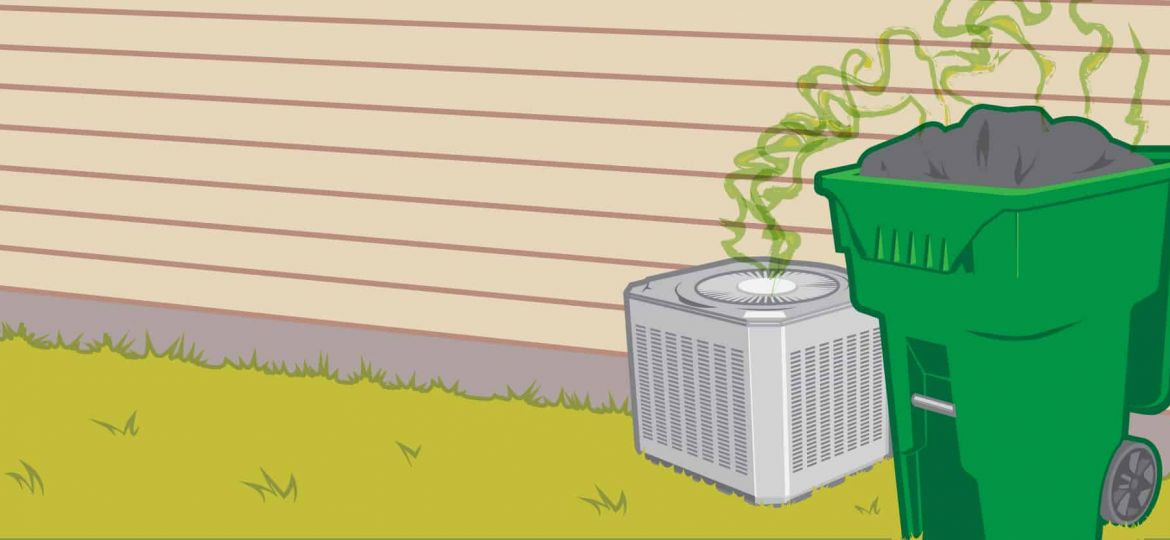A Homeowners’ Association (HOA) is a legal entity created by a real estate developer for the purpose of developing, managing and selling a community of homes. It is given the authority to enforce the covenants, conditions & restrictions (CC&Rs) and to manage the common amenities of the development. It allows a developer to end their responsibility over the community, typically by transferring ownership of the association to the homeowners after selling. Generally accepted as a voluntary association of homeowners gathered together to protect their property values and to improve the neighborhood, a large percentage of U.S neighborhoods where free standing homes exist have an HOA. Most homeowners’ associations are non profit organizations and are subject to state statutes that govern non-profit corporations and homeowners’ association.
A community association is a nongovernmental association of participating members of a community, such as a neighborhood, village, condominium, cooperative, or group of homeowners or property owners in a delineated geographic area. Participation may be voluntary, require a specific residency, or require participation in an intentional community. Community associations may serve as social clubs, community promotional groups, service organizations, or quasi-governmental groups.
A Neighborhood Association (NA) is a group of residents or property owners who advocate for or organize activities within a neighborhood. An association may have elected leaders and voluntary dues. Some neighborhood associations in the United States are incorporated, may be recognized by the Internal Revenue Service as 501(c)(4) nonprofit organization, and may enjoy freedom from taxation from their home.
The term neighborhood association is sometimes incorrectly used instead of homeowners association (HOA). Some key differences include: 1. HOA membership is mandatory generally through rules tied to the ownership of property like deed restrictions. Neighborhood association membership is voluntary or informal. 2. HOAs often own and maintain common property, such as recreational facilities, parks, and roads, whereas neighborhood associations are focused on general advocacy and community events. The rules for formation of a neighborhood association in the United States are sometimes regulated at the city or state level. Neighborhood associations are more likely to be formed in older, established neighborhoods, whereas HOAs are generally established at the time a residential neighborhood is built and sold. In some cases, neighborhood associations exist simultaneously with HOAs, and each may not encompass identical boundaries.
Homeowner associations can compel homeowners to pay a share of common expenses, usually per-unit or based on square footage. These expenses generally arise from common property, which varies dramatically depending on the type of association. Some associations are, quite literally, towns, complete with private roads, services, utilities, amenities, community buildings, pools, and even schools. Many condominium associations consider the roofs and exteriors of the structures as the responsibility of the association. Other associations have no common property, but may charge for services or other matters.
An individual appointed to act or vote on behalf of another person by representing them at a meeting of the association. The title can also refer to the written piece of paper granting that power.
A Quorum is defined as the minimum number of owners required to hold an official meeting of the association. The number of owners required can vary greatly according to the corresponding association’s governing documents.
In relation to an HOA, Community or other formal organization, a director is an officer charged with the conduct and management of its affairs. The directors collectively are referred to as a board of directors, and are generally elected or appointed. Sometimes the board will appoint one of its members to be the chair, making this person the President of the Board of Directors or Chairman.
The declaration, bylaws, operating rules, articles of incorporation or any other documents which govern the normal operating procedures of an association.
The Declaration is sometimes referred to as the ‘master deed,’ ‘documents,’ or ‘declaration of covenants, conditions, and restrictions’ [CC&Rs]. It describes an owner’s responsibilities to the association which can include payment of dues and assessments as well as the association’s various duties to the owners. It is common viewed as somewhat of a ‘constitution’ of the association. The person or group of persons who either signs the original declaration governing the development and association or acquires the original developer’s rights is referred to as the ‘Declarant.
A set of rules or guidelines regarding the operation of a non-profit corporation such as a Board. Bylaws generally set forth definitions of offices and committees involved with the Board of Directors. They can include voting rights, meetings, notices, and other areas involved with the successful operation of the Association.
The term CC&R refers to ‘Covenants, Conditions & Restrictions.’ A real covenant is a legal obligation imposed in a deed by the seller of a home and or property upon the buyer of the real estate to do or not to do something. Such restrictions frequently ‘run with the land’ and are enforceable on future buyers of the property. Examples might be to maintain a property in a reasonable state of repair, to preserve a sight-line for a neighboring property, not to run a business from a residence, or not to build on certain parts of the property. Many covenants are very simple and are meant only to protect a neighborhood from homeowners destroying trees or historic things or otherwise directly harming property values. Some can be more specific and strict, outlining everything a homeowner can do to the exterior of their home, including the number of non-familial tenants one may have, acceptable colors to re-paint the home, exactly when holiday decorations are allowed up, automobile placement or repair on property, satellite placement, etc., pulvinar dapibus leo.
Any area of improved real property intended for shared use by the members of an association.
An interest or a right in real property which grants the ability to a landowner to use the land of another for a special purpose or endeavor. An association may for example have an easement for slope maintenance or other repair purposes. A public utility may also have an easement for maintenance or repair work to be executed at a future date.
A monetary claim levied against a property for unpaid mortgage, taxes, contractor work, or other charges. A lien is attached to the property, not the owner, but legally must be recorded in the property records of the county of residence. If a Lien is in place, the property owner has very limited ability to do anything involving the property until the Lien is satisfied or removed.
HOA Violation Inspections are a necessary part of our normal management services that we provide our HOA and Condo communities. …
Meeting HOA annual meeting quorum requirements can be difficult at times. What is a quorum? It is the minimum number…
As an HOA and Condo association management company, we execute community compliance inspections for our communities. We’ve noticed a trend…



